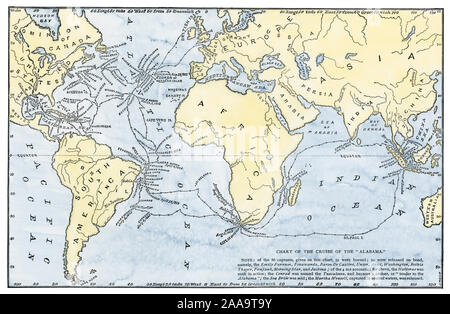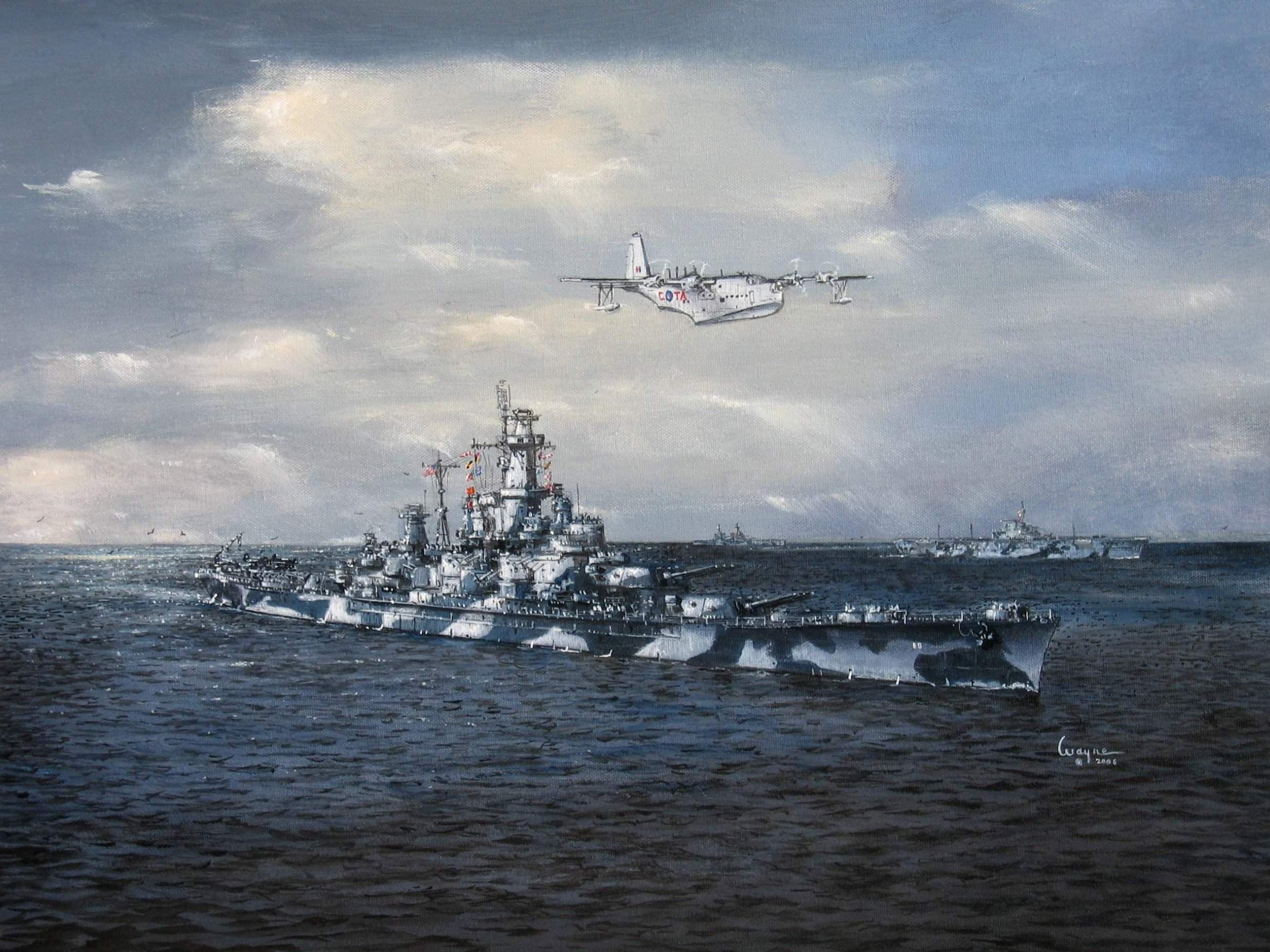
Much as Semmes admired her, though, she was Bulloch’s ship.

Two 300hp steam engines driving a single two-bladed propeller would give her 13 knots. James Bulloch had covertly financed her construction, through the sale of Southern cotton, as “Hull 290.” She would be an all-wood, bark-rigged (foremasts rigged square, mizzenmast fore-and-aft), 220-foot sloop of 1050 tons displacement. John Kell, learned from Confederate Commissioner James Murray Mason of a new ship being built on the Mersey River near Liverpool. In England Semmes and his executive officer, Lt. The Laird shipyard on the Mersey River, across from Liverpool, around the time of the Alabama’s construction. I resolved to lay her up, and proceed to London, and consult with my Government as to my future course.” Such was the game now being played in Gibraltar, to prevent the Sumter from coaling. “If a neutral merchant showed any inclination to supply the Sumter with anything she needed,” Semmes wrote in his memoirs, “.a runner was forthwith sent round to him by the Federal Consul, to threaten him with the loss of his American-i.e. At Gibraltar, however, he’d been checkmated. Semmes (known to his crew as “Old Beeswax” for his finely tipped moustaches) and the Sumter had twice before escaped Union blockades, beating the USS Brooklyn from New Orleans in June 1861 and the USS Iroquois from Martinique in November. Naval Historical Center Photograph #NH 42383.

Standing, left to right: Surgeon Francis L.

Note early-style dark blue uniforms, changed to gray in 1862. Raphael Semmes and the officers of CSS Sumter.


 0 kommentar(er)
0 kommentar(er)
